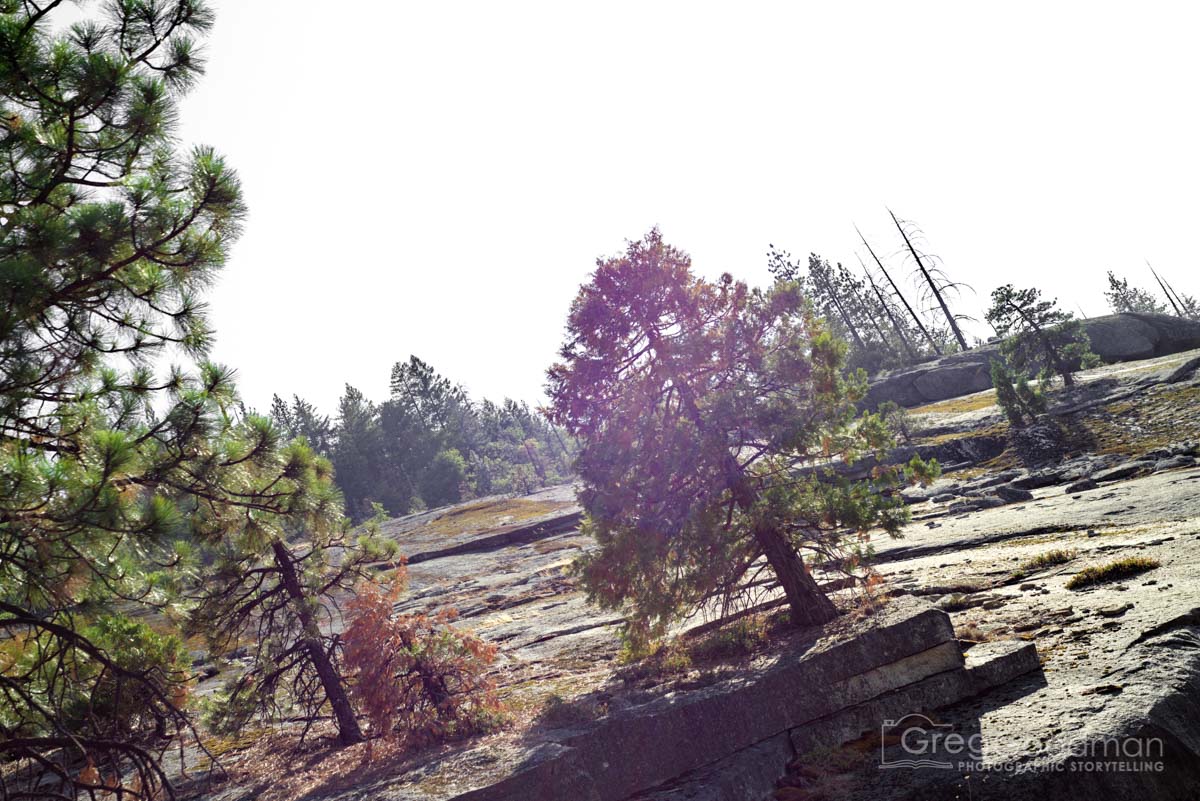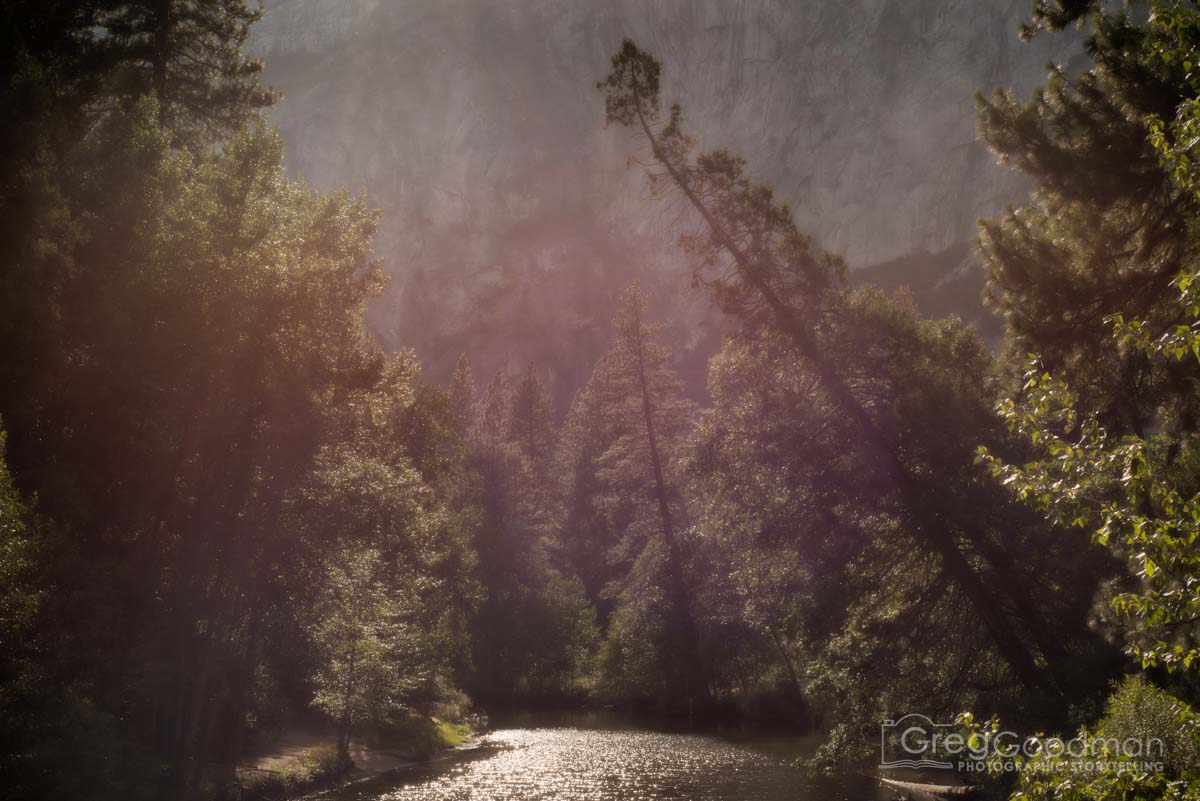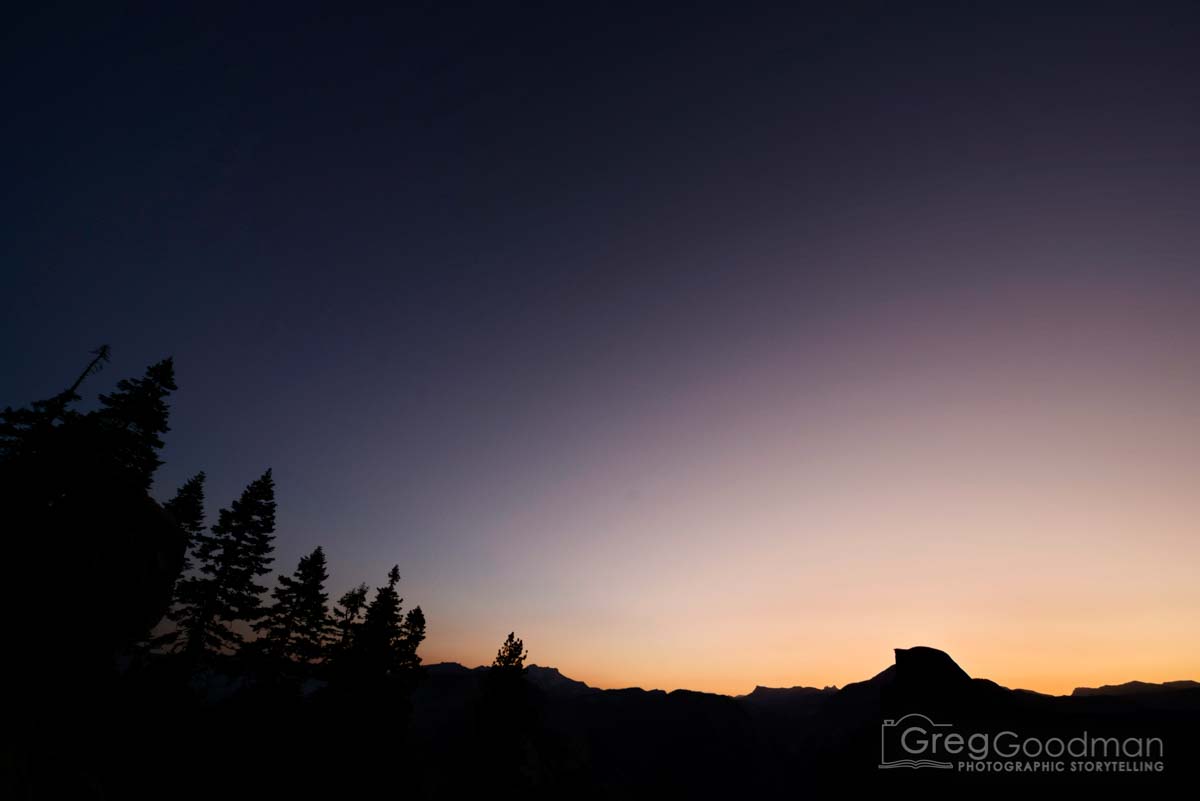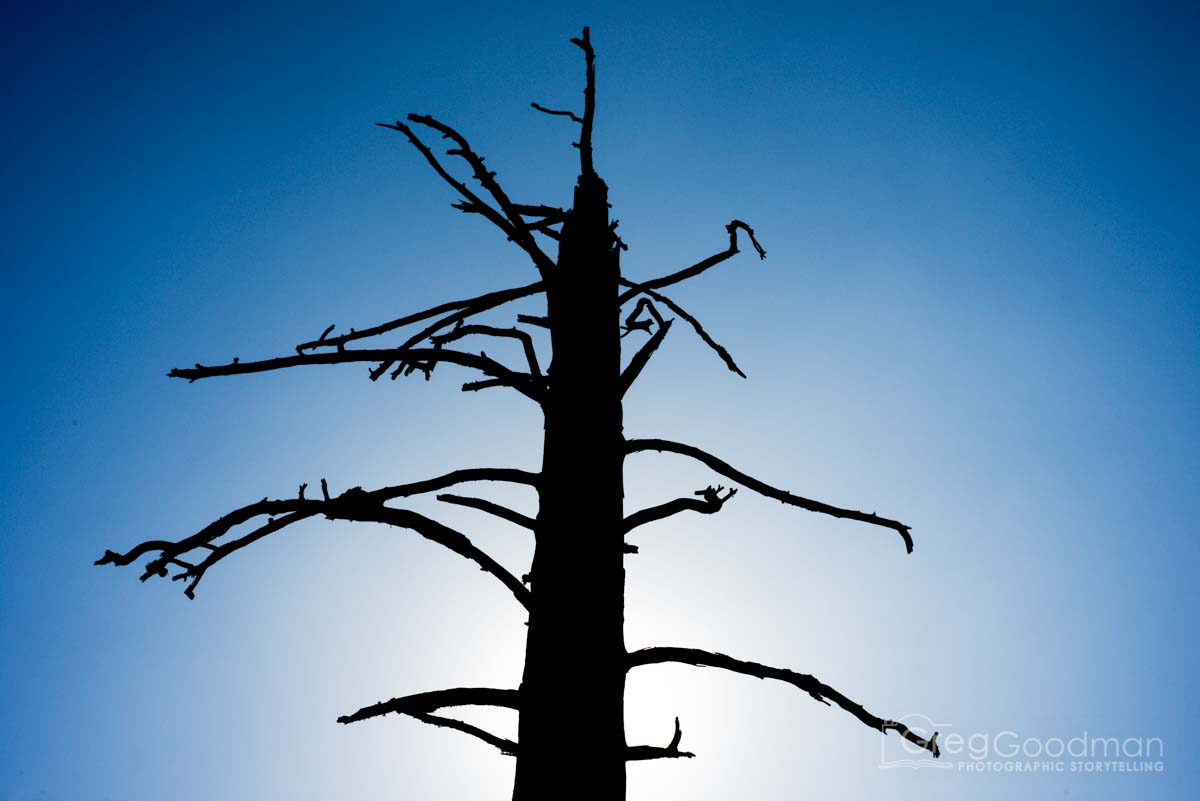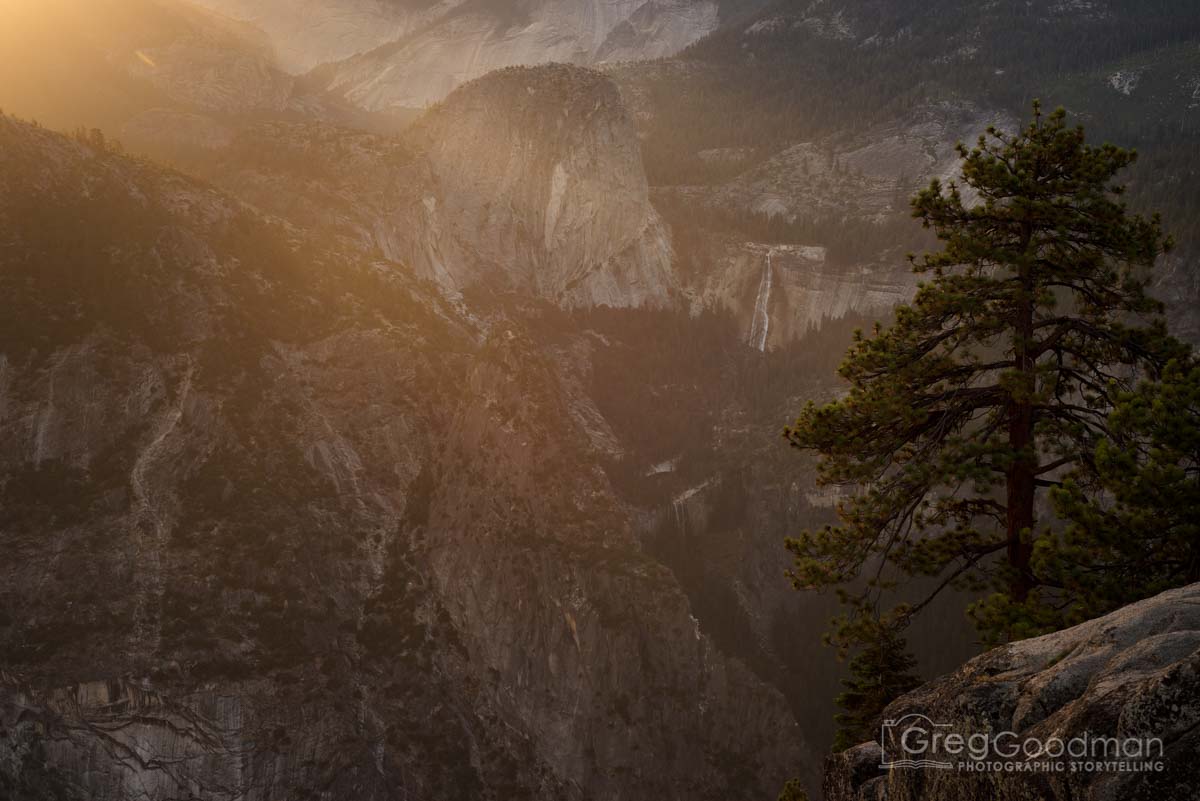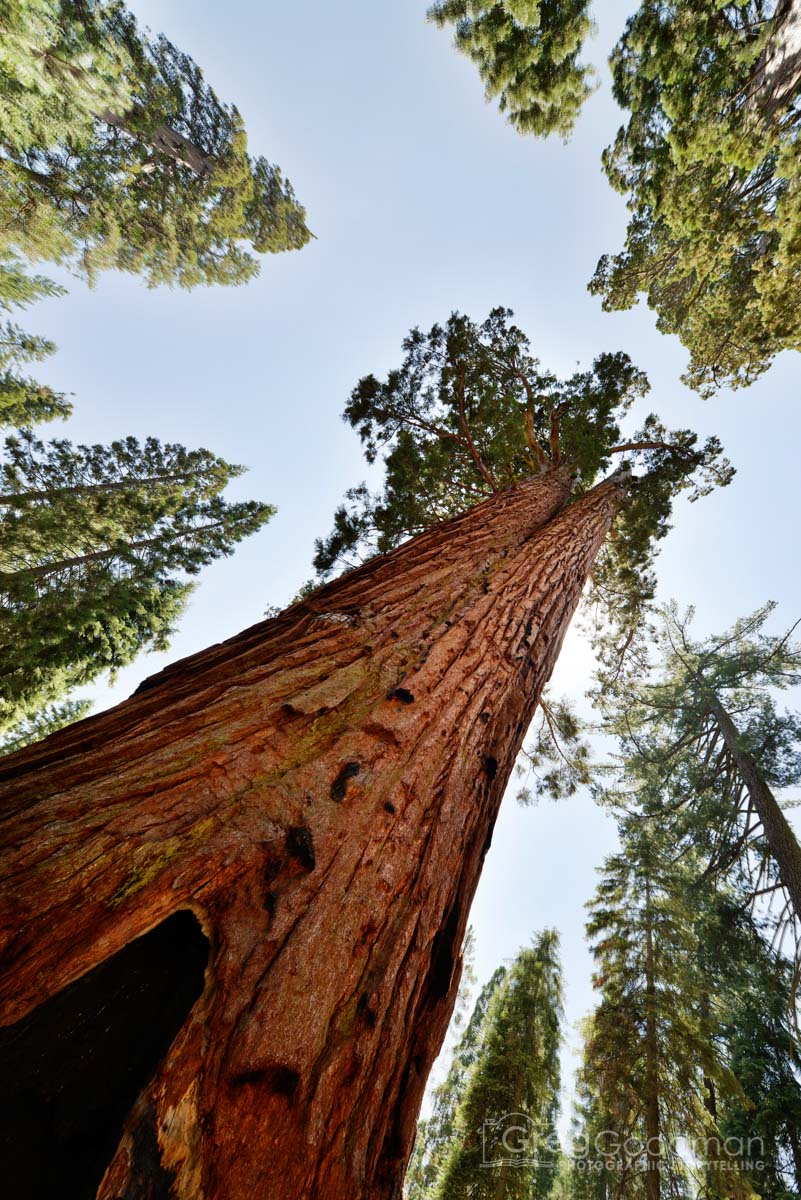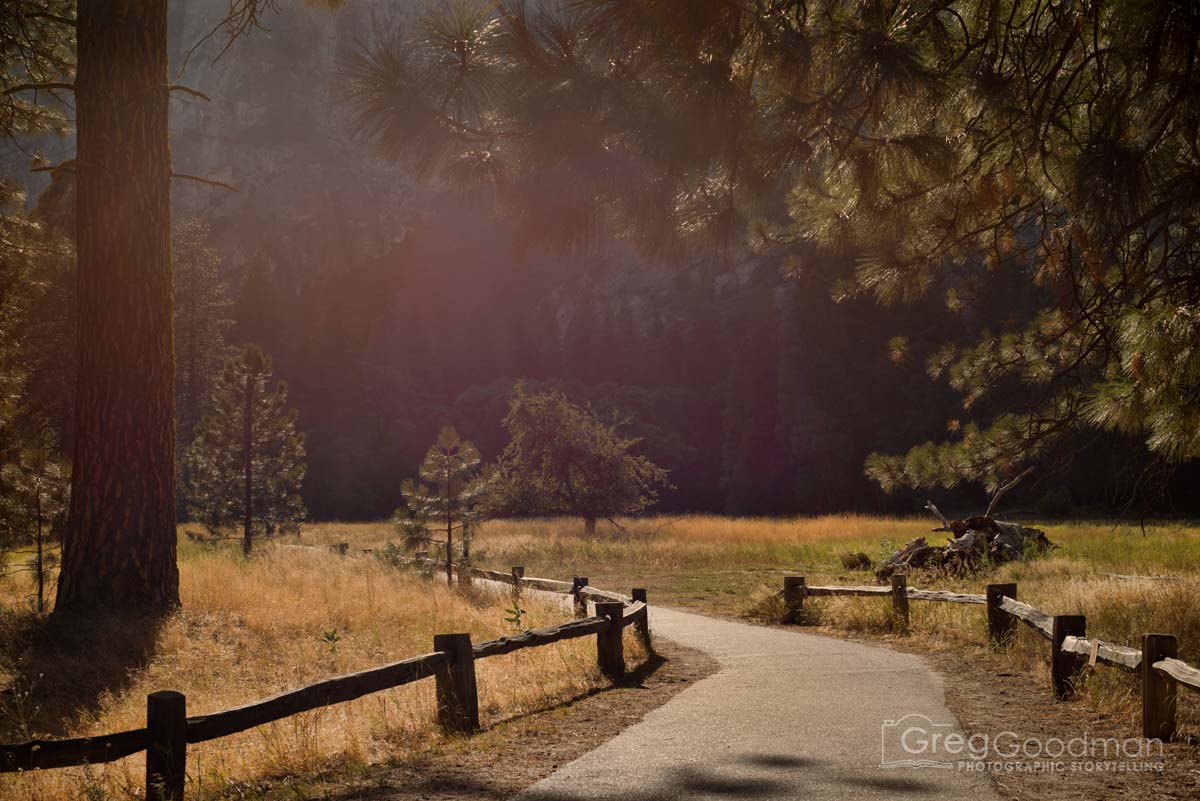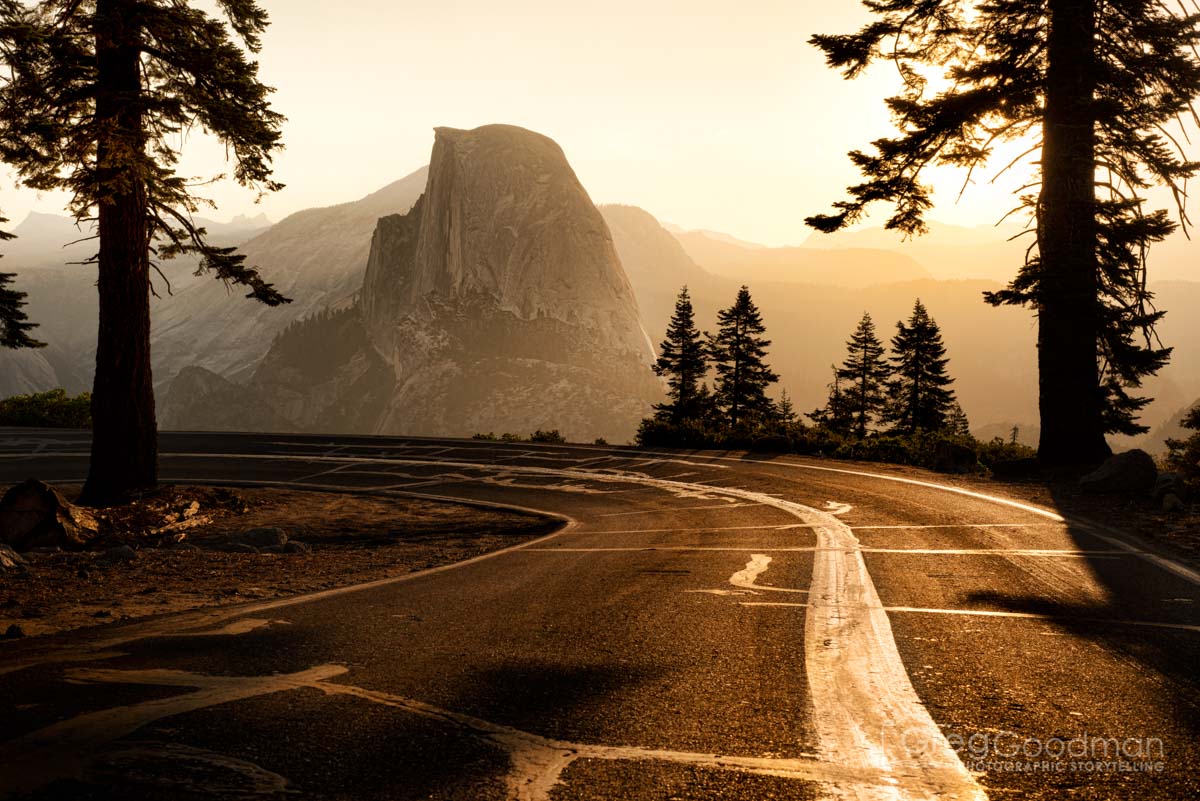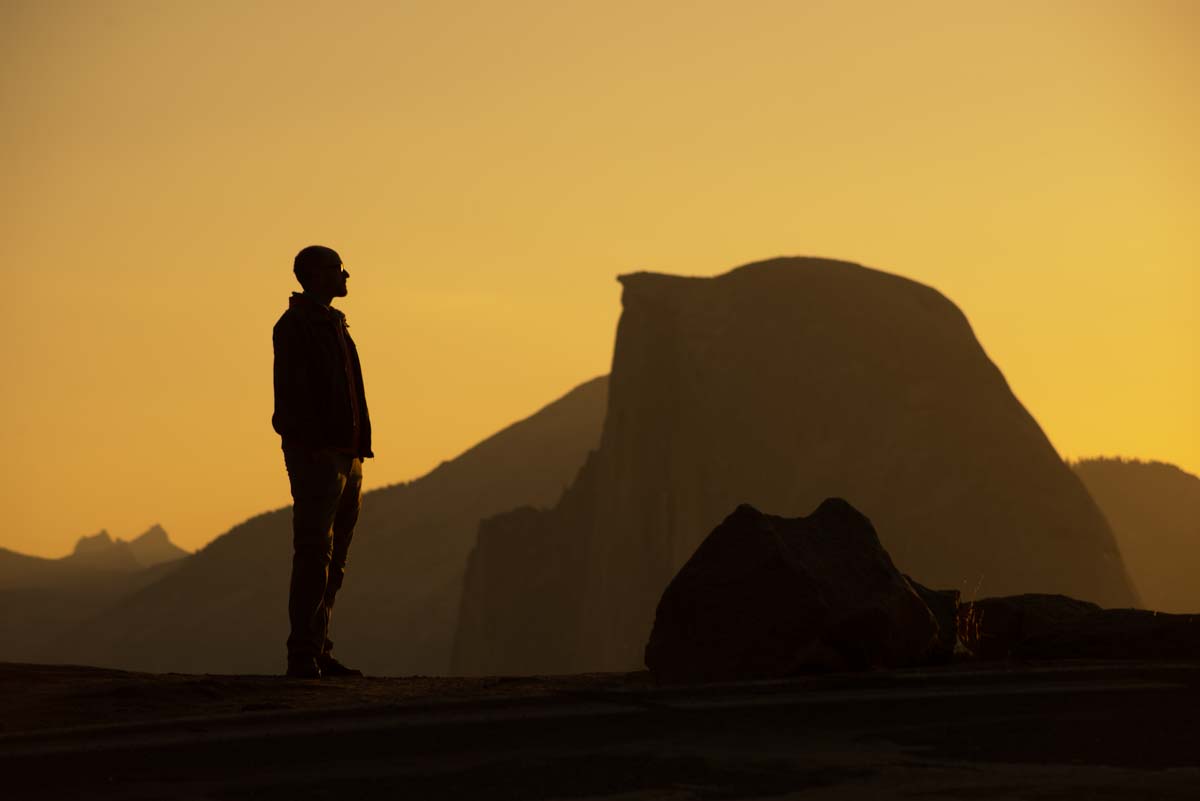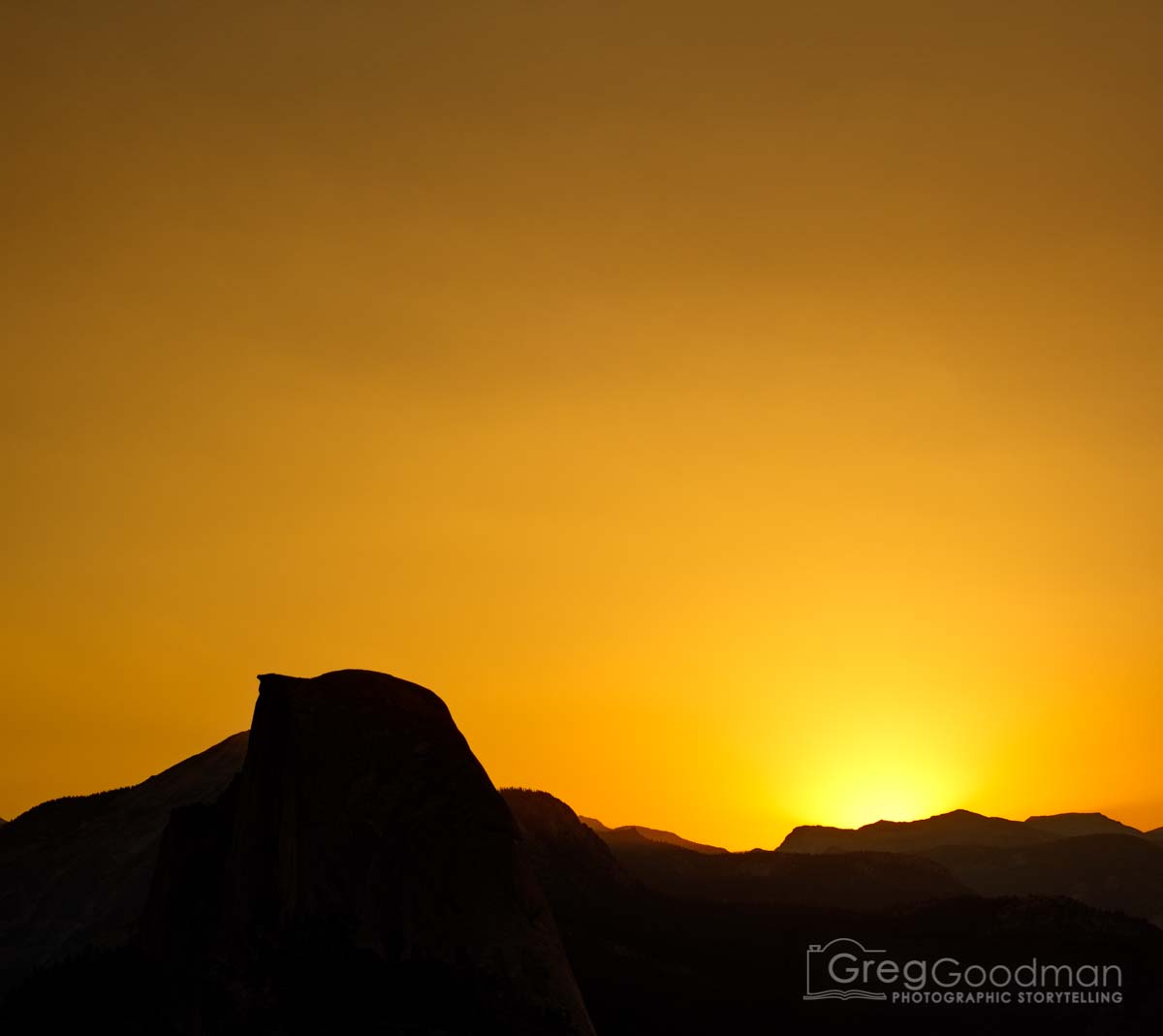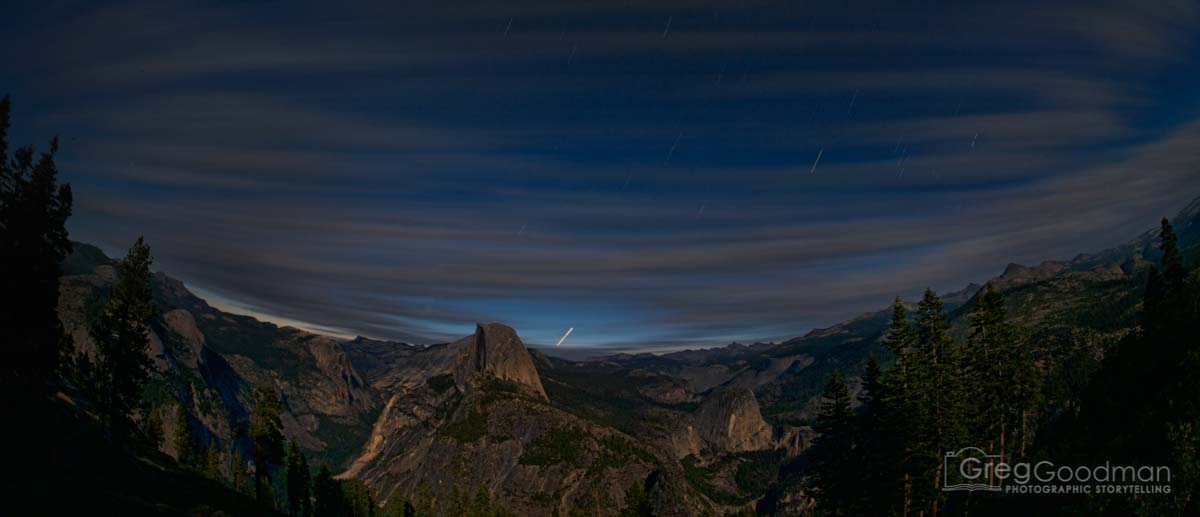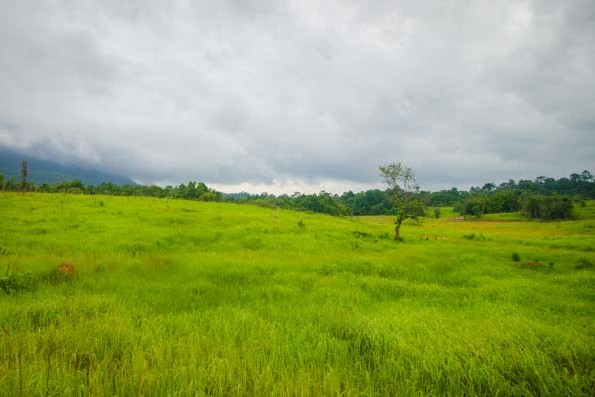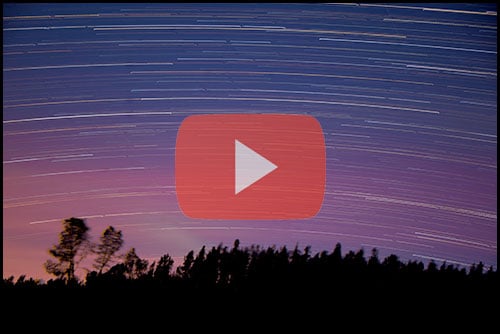Lovingly referred to as the jewel of America’s national park system, Yosemite is home to the country’s most iconic natural treasures.
. . .
Half Dome, El Capitan, Tuolumne Meadows, Fire Falls, The Valley … these legendary natural monuments draw millions of visitors each year.
For some, a visit to Yosemite National Park is a time for reconnecting with Pachamama (Mother Earth). For others, it’s an opportunity to test their physical prowess with intense hikes and mountain climbing.
Whatever your reasons for visiting, August is a wonderful time to be in Yosemite. Here are 28 photos to show why!
Yosemite Nation Park – a brief overview
Visiting Yosemite is a right of passage for hikers, nature lovers and photographers alike. With its majestic granite peaks, sweeping meadows, babbling brooks, powerful waterfalls and ancient redwood trees kissing the heavens, it truly is America’s Greatest Treasure.
For a brief history lesson, here is an excerpt from the official Yosemite website:
For tens of thousands of years, humans have changed, and have been changed by, this place we now call Yosemite. The Ahwahneechee lived here for generations, followed by the arrival of Europeans in the mid-1800s. The rugged terrain challenged many early European travelers, with just a few—only 650 from the mid-1850s to mid-1860s—making the journey to Yosemite Valley by horseback or stage.
By 1907, construction of the Yosemite Valley Railroad from Merced to El Portal eased the journey, thereby, increasing visitation. Today, about 4 million people enter the park’s gates to explore Yosemite. We can learn from the stories of those who walked Yosemite’s trails before us and honor the echoes of their distant footsteps that have led to conscious preservation.
When is the Best Time to Visit Yosemite?
Winter. Spring. Summer. Fall. There’s no “wrong” time to visit Yosemite. During the colder months, you’ll find solitude while visiting the park’s most beautiful and iconic locations.
Spring brings melting snow, rushing rivers and thunderous waterfalls … while summer brings lush greenery, open trails and a full roster of wildlife.
For those heading to Yosemite Valley during the fall, be prepared to ooh and aah at the incredible foliage. Then, grab your tire chains and get ready for a snowy winter, as the circle of life and seasons begins once again.
If you were wondering, all the photos on this page were all created while visiting Yosemite National Park in August.
Why August, you may ask? Because that’s when the stars aligned and my dear friend Ricky was visiting from Guatemala. More on him later…
Visiting Yosemite with a Famous Guatemalan Photographer
My wife, Carrie, and I first met Ricky Lopez Bruni in a bar in Mexico. I was wearing a Gallo Guatemalan beer teeshirt, and he came up to me and said, “you know that’s the best beer in the world, right?!”
Ten years and many amazing adventures later, Ricky called me out of the blue and asked what we were doing. It turns out he was visiting California and wanted to go to Yosemite. Naturally, we said yes!
Despite arriving in Yosemite National Park in August with no camping reservations, we managed to find a spot opening up right as we arrived at the Bridalveil Campsite. This was truly a stroke of luck and fate, as most campsites are booked months in advance.
For three days, Ricky and I photographed as much of Yosemite as we could. Well, I photographed … Ricky focused on time-lapse photography.
Now, I invite you to check out his absolutely amazing time-lapse video of Yosemite – featuring full moons, sunrises, sunsets, stars, nature and more!
Photographing Half Dome
In a park filled with iconic natural treasures, Half Dome often stands out as the most epic. Rising nearly 5,000 feet above Yosemite Valley and 8,800 feet above sea level, many people visit the park just to scale its granite face and stand “on top of the world.”
The hike itself is an exciting, arduous, humbling, breathtaking and epic experience. When I did it in 2010, the round trip took nearly eight hours. By the end, I was walking downhill backward … just to relieve some of the pressure on my legs.
Photographing Half Dome is a much easier task. Though, with more than 100 years of photographers pointing their lens at the mighty granite crest, it can be difficult to create something original.
Should you be up for the challenge, August is a great time to photograph Yosemite and Half Dome. From Glacier Point (one of Yosemite’s most popular and accessible destinations), the sun rises directly behind Half Dome, providing a spectacular view and a great chance for silhouettes and sunbursts.
If you don’t want to get up early, the sunset is also picture perfect, as it covers the face of Half Dome with a rosy hue before dipping behind the mountains.
A Full Moon Over Yosemite National Park
When the moon is full, Yosemite’s gray granite peaks glow in the bright lunar light. While that brilliance makes it a bit harder to see the stars in the early parts of the evening, our vast solar system comes into full view by the middle of the night.
The final photographs on this page were created during such a full moon evening at Yosemite National Park in August.
EXPLORE SOMEWHERE NEW
BUY A PRINT
All photos on this site are available as limited edition fine art photographic prints. Please get in touch for sizes and rates.




